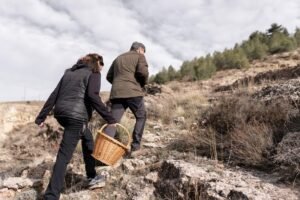Appalachia’s forests have long fueled the regional economy, providing timber for homes and jobs for thousands. But environmental advocates warn that without careful management, these resources—and the ecosystems they support—could be irreversibly damaged.
Timber companies say they’re committed to sustainable practices. “We replant more trees than we cut,” insists Mark Simmons, a forestry manager in West Virginia. “Responsible harvesting is possible.”
Yet conservationists point to clear-cutting scars across mountain ridges and worry that soil erosion and habitat loss are worsening.
“There’s a difference between selective harvesting and wiping out entire tracts,” says environmental researcher Karen Blake. “Wildlife suffers, and communities downstream deal with flooding.”
Finding common ground has proven difficult. Timber remains an economic lifeline for many rural families, while conservation groups push for stricter regulations. Some towns are exploring compromises: allowing selective logging while designating areas for preservation.
“We can’t pretend the economy doesn’t matter,” Karen says. “But we also can’t ignore long-term environmental costs.”
As Appalachia navigates this tension, many believe the solution lies in collaboration, not confrontation.
“We all value these forests,” Mark says. “If we can work together, there’s room for both livelihoods and conservation.”





